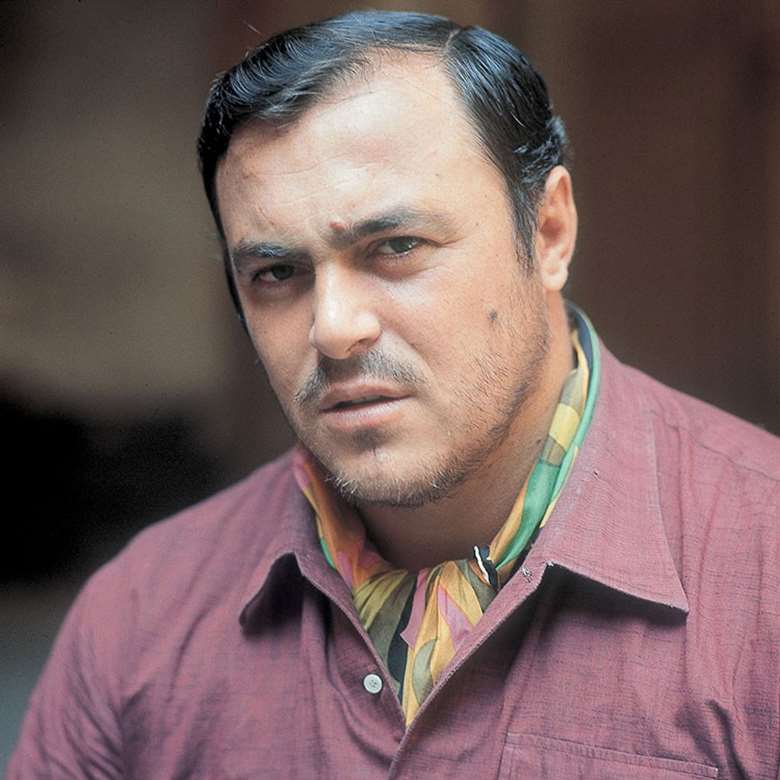Luciano Pavarotti – requiem for a tenor
John Steane
Sunday, August 20, 2017
His voice was one of the most remarkable of the 20th century…John Steane pays tribute to Luciano Pavarotti, one of opera’s greatest ambassadors

Register now to continue reading
Thanks for exploring the Gramophone website. Sign up for a free account today to enjoy the following benefits:
- Free access to 3 subscriber-only articles per month
- Unlimited access to our news, podcasts and awards pages
- Free weekly email newsletter








